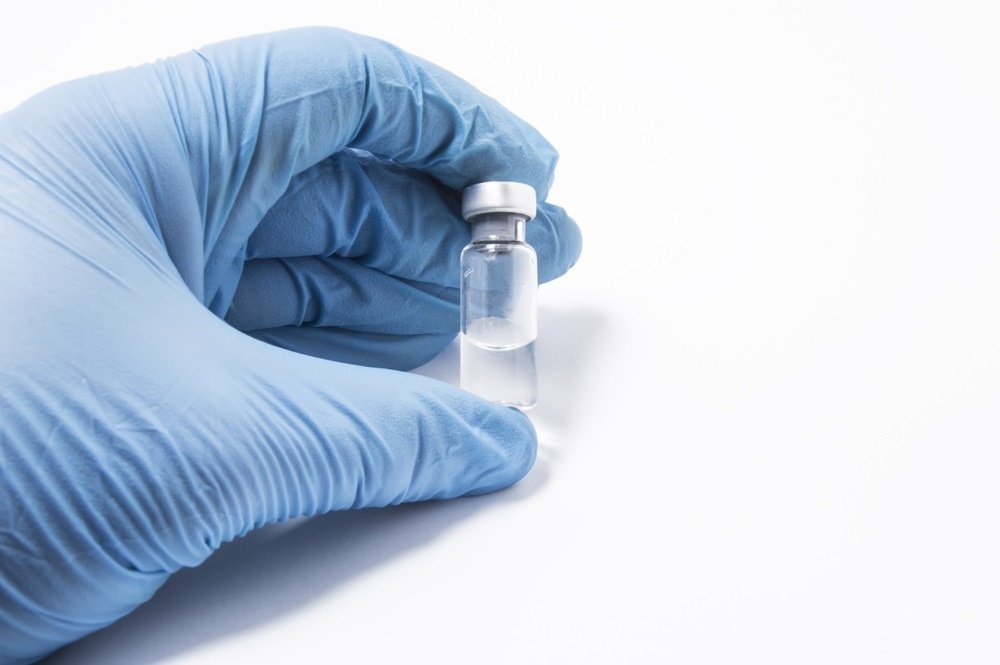NanoSight have developed a new technique which is gaining much interest in the area of viral vaccine development and phage therapeutics.

Image Credits: Shidlovski/shutterstock.com
Calculating the Size of Viruses in Solution
The technique can image the light scattered from viruses in solution and can calculate their size by tracking their Brownian motion on a virus-by-virus basis, viruses as small as 25 nm can be imaged. This provides the accurate number/size distributions of a virus preparation that are essential information in understanding the efficiency of virus purification. Measurement of monomer vs. aggregates at each step of the purification process can be determined as well as a total viral count.
Benefits of NanoSight Technique
In live attenuated vaccine the total viral count provided by NanoSight can be used in combination with information from infectivity assays to estimate the infectious viral titre vs the total viral titre. We often find that the infectious viral titre may be as little as 0.1% of the total viral count. This results from viruses becoming inactivated in the purification process, poor binding affinity in plaque assays or aggregation in the virus preparation. As such measurement of the infectious viral titre vs total viral titre is value information; if this ratio can be improved then clearly you can more effectively produce a final product.
For inactivated vaccine then clearly the total viral count as provided by NanoSight becomes essential when determining the dosage in the final product, where infectivity assays cannot be used on the final product.
Additional Benefits of the New Technique
In addition the technique produces real time movie files of the viruses in solution and as such, time dependant phenomena can be studied both qualitatively and quantitatively. This may be important when trying to understand the stability of your product with changes in temperature, solution pH or time related changes in the product with addition of surfactant or dispersing agents. Particle count and size distribution are essential measurements when trying to study such events.
NanoSight can operate in fluorescence mode (405 nm), offering a potential alternative to fluorescence correlation spectroscopy and dynamic confocal fluorescence microscopy at a fraction of the cost.
Click here for answers to questions that we received during the webinar

This information has been sourced, reviewed and adapted from materials provided by Malvern Panalytical.
For more information please visit Malvern Panalytical.